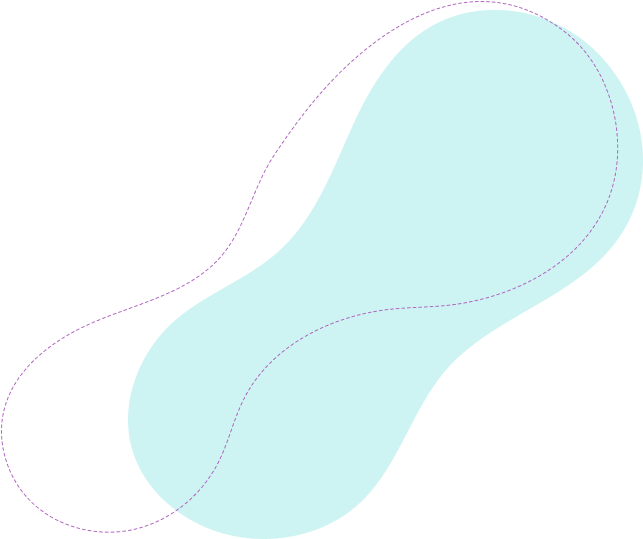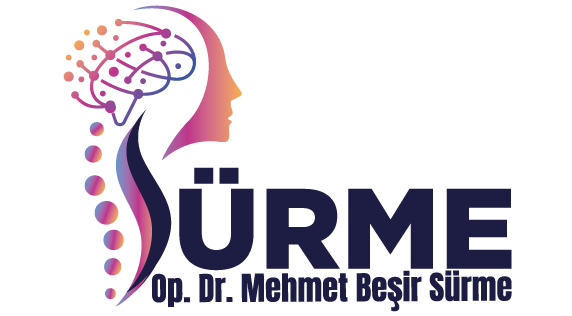Cranial Surgery
- Op. Dr. Mehmet Beşir Sürme
- Cranial Surgery


Brain Tumors
Brain tumors are benign or malignant masses that can originate from the brain tissue itself or from the brain membranes. These tumors can manifest with symptoms such as headache, nausea, seizures, and vision and speech impairments. The goal of treatment is to remove as much of the tumor as possible using microsurgical techniques while preserving the patient's brain functions. During surgery, neuronavigation, a microscope, and intraoperative neuromonitoring are used to ensure a safe and effective procedure.
Traumatic Brain Surgery
It is used in cases such as brain hemorrhages resulting from head trauma, brain edema, and skull fractures. Increased pressure in the brain after trauma, loss of consciousness, paralysis, or life-threatening conditions may occur.
The goal of surgical treatment is to drainage of the hemorrhage, reduction of pressure in brain tissue and the preservation of vital functionsWhen necessary, a piece of skull bone is temporarily removed (decompressive craniectomyspace is created in the brain. Such procedures are life-saving, especially in cases of severe head trauma.
Hydrocephalus and Shunt Surgery
Hydrocephalus is a condition that occurs when the cerebrospinal fluid circulating within the brain accumulates, leading to increased intracranial pressure. This condition can be congenital or develop after infection, tumor, bleeding, or trauma.
In surgical treatment, excess fluid is usually directed into the abdominal cavity, heart, or chest membrane using a shunt system. These procedures balance intracranial pressure, protect brain function, and provide significant clinical improvement in patients.
- International Experience
- Modern and Innovative Treatments
- Scientific Competence
- Trust and Patient-Centered Approach

His outstanding expertise in the field of neurosurgery, in Rome At Agostino Gemelli Hospital received Pediatric Brain Surgery has been crowned with fellowship training. This advanced expertise, particularly in childhood cases, is combined with innovative and sensitive treatment approaches. In his clinical practice functional neurosurgerycomplex spinal surgery, 3D printer-assisted cranioplasty and Gamma Knife radiosurgery successfully applies contemporary methods to offer patients personalized, state-of-the-art solutions. He continuously translates scientific knowledge into clinical practice, demonstrating his scientific expertise through more than 10 articles published in international journals and over 40 citations. At the heart of all this technical expertise is open communication, empathy and is based on a strong ethical understanding of medicine; it has adopted as a fundamental principle the management of its patients' treatment process in a safe and transparent manner at all times.
Frequently Asked Questions About Neurosurgery
Are brain tumors dangerous, and what is the primary goal of treatment?
Brain tumors are masses that can be benign or malignant and carry different risks. Our primary goal is to completely remove the tumor without damaging the surrounding healthy brain tissue (using neuronavigation and a microscope). The priority in treatment is to maximize the preservation of the patient's brain functions (speech, vision, movement) and improve their quality of life.
Why is emergency surgery necessary after a head injury?
Severe head injuries can cause bleeding (hematoma) or severe swelling (brain edema) within the brain. This condition can rapidly increase intracranial pressure, causing permanent damage to the brain or posing a life-threatening risk. The goal of emergency surgery is to drain the accumulated blood, reduce pressure, and thus save the patient's life and prevent permanent damage such as paralysis.
What is hydrocephalus (water on the brain), and how does shunt surgery provide a solution?
Hydrocephalus is the accumulation of cerebrospinal fluid (CSF) within the brain due to excessive production or obstruction in its circulation. This condition increases intracranial pressure and leads to symptoms such as headaches and balance problems. Shunt surgery involves placing a small system that safely directs excess fluid to another part of the body (usually the abdominal cavity). This simple but effective procedure immediately balances pressure, allowing brain function to improve.

CORRECT DIAGNOSIS CORRECT TREATMENT
We proudly offer scientific and high-quality treatments.
Approach in accordance with International Standards
International Standards Approach: With its experience in pediatric brain surgery in Rome and numerous scientific publications, it applies evidence-based medicine in every treatment.
Patient-Centered Care
They personalize treatment plans according to their patients' needs, providing reassuring and transparent communication throughout the process.



